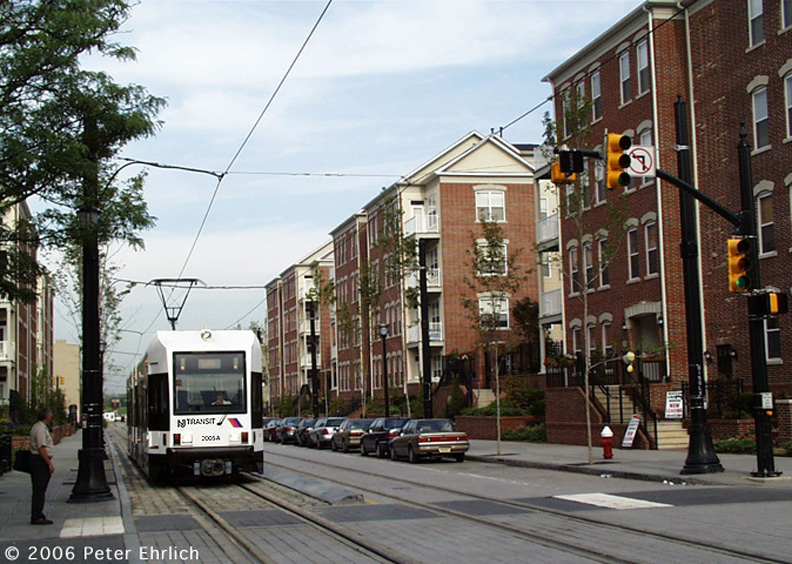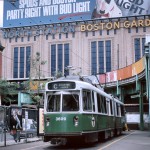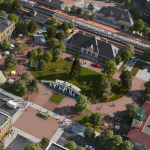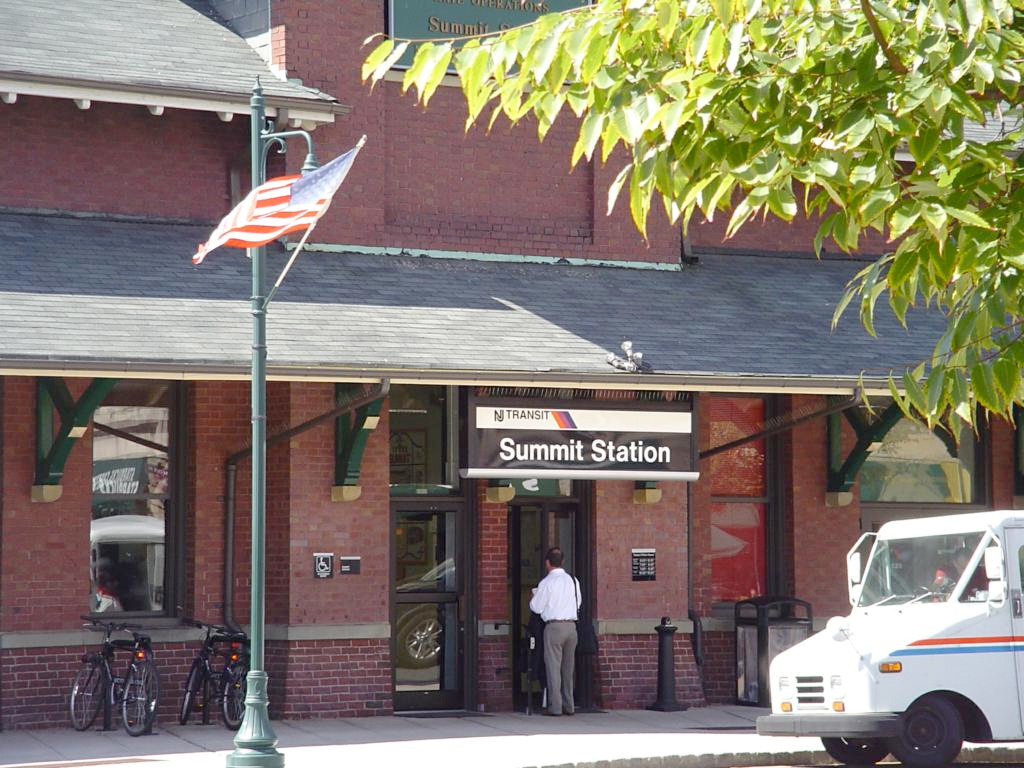New Jersey Future Blog
Transit-Accessible Towns In New Jersey Are More Recession-Resistant
February 24th, 2011 by Tim Evans
There are 140 New Jersey municipalities that host at least one rail transit station, including commuter rail (NJ Transit or SEPTA), light rail (Hudson-Bergen, River Line and Newark City Subway) and the PATH and PATCO systems.
These rail-transit municipalities accounted for 23.9 percent of all building permits issued statewide in the 1990s (1990-1999) but 31.7 percent of building permits issued in the 2000s (2000-2009). And looking just at the two most recent years of data (2008 and 2009), covering the so-called “Great Recession,” the rail-transit municipalities accounted for an even more impressive 42.8 percent of statewide building permit activity.
Is this phenomenon being driven entirely by the booms in Newark and Jersey City? Is the whole dog being wagged by these two tails? No, it turns out. The remaining 138 rail-transit municipalities accounted for 22.7 percent of statewide building permits in the 2000s, up from 20.9 percent in the 1990s — a more modest increase, granted, than the figures that include Newark and Jersey City. But even without these two big cities, the other 138 held up better than average once the recession started, increasing their share of the statewide building permit total to 31.8 percent for 2008-2009.
Using building permits as the indicator, it’s clear that municipalities with rail transit are weathering the downturn in the housing market better than the rest of the state — and, just as important, that they had already been increasing their share of statewide activity, indicating growing demand for transit-accessible communities.
Given that many of the municipalities located along the state’s rail transit lines are older urban centers and pre-WWII “streetcar suburbs” that experienced their major growth periods decades ago, these findings in a sense parallel the results of New Jersey Future’s earlier look at building permit activity in nominally “built-out” places.
They also provide further confirmation for the observations of real-estate experts, realtors and homebuilders that housing demand is shifting away from car-dependent, large-lot subdivisions far from the urban core and in favor of closer-in places with better transportation options and a wider variety of generally smaller homes, and that as a result, homes in those closer-in places are holding their value better during the downturn in the housing market.
Related Posts
Tags: Metropolitan issues, TOD, Transit


















Somebody please forward this email to Orange. Four historic train stations on the Morris and Essex line and the city is dreft of new development, dirty, crime ridden, and a host of other ills. But wait !! They have been designated a transit village ! What you say ? Yeah that’s right and I believe that they don’t even know what that means. Sitting on a mountain of potential and these folk don’t even know it. A mind is a TERRIBLE thing to waste.
[…] […]